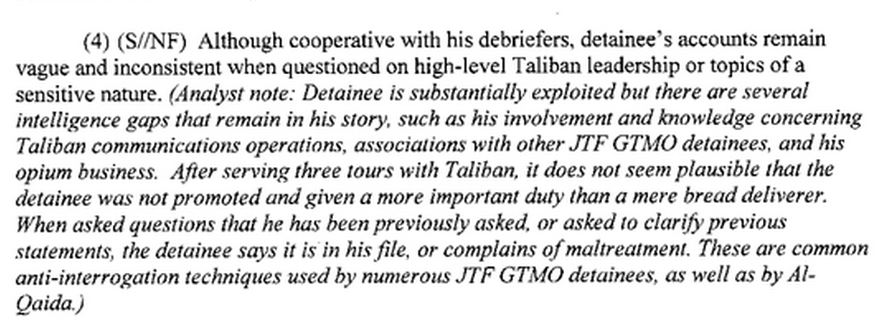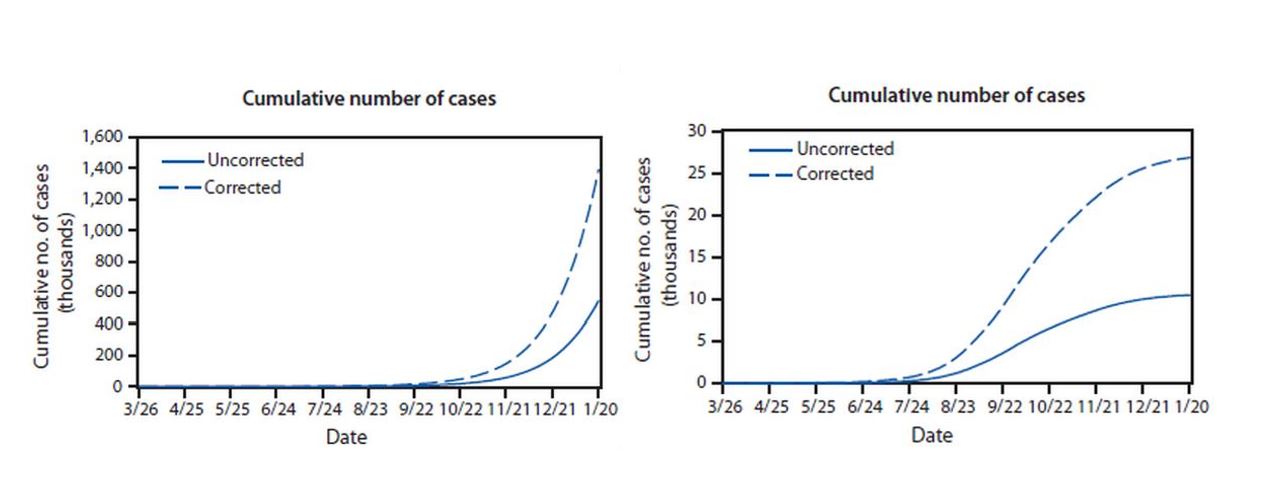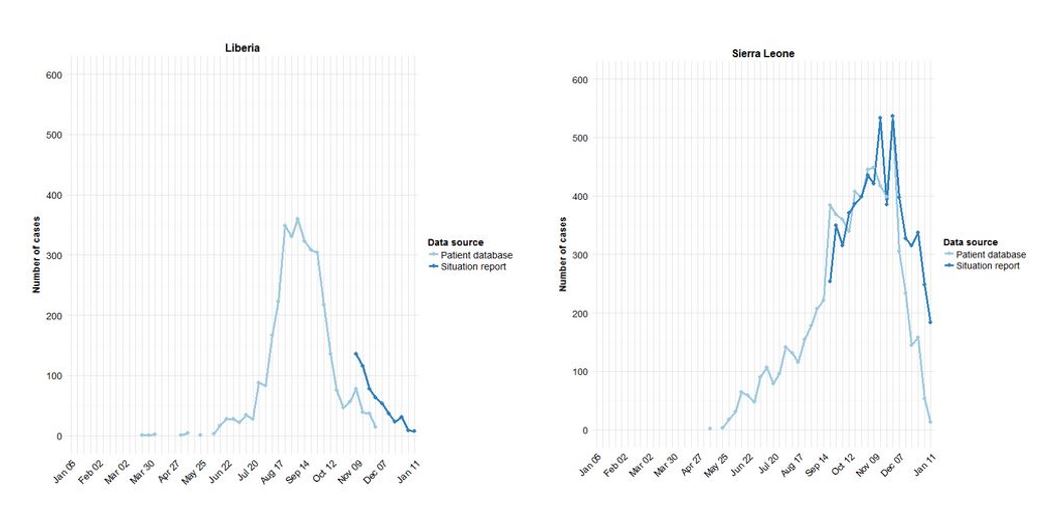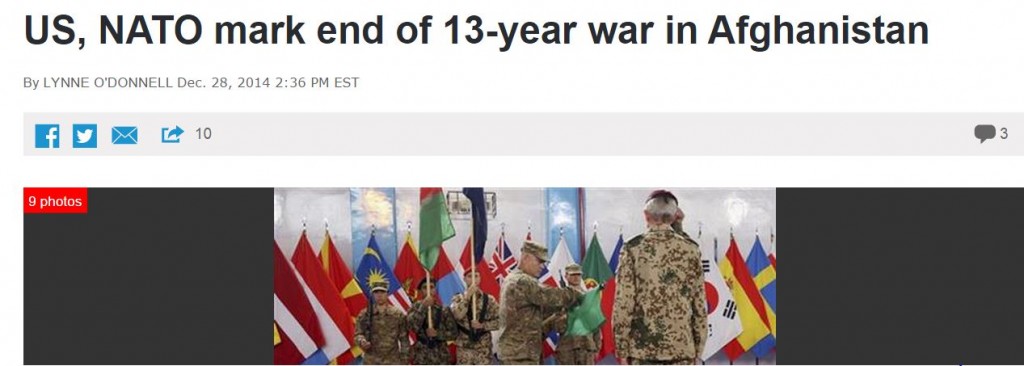Many outlets are reporting on the disclosure earlier this week that there appears to be active recruiting for Islamic State taking place in Afghanistan’s Helmand province. Here is AP as carried by ABC News:
Afghan officials confirmed for the first time Monday that the extremist Islamic State group is active in the south, recruiting fighters, flying black flags and, according to some sources, even battling Taliban militants.
The sources, including an Afghan general and a provincial governor, said a man identified as Mullah Abdul Rauf was actively recruiting fighters for the group, which controls large parts of Syria and Iraq.
The article notes that the Taliban is not taking this development lightly and that there are reports that up to 20 people had died up to that point in skirmishes between the Taliban and those swearing allegiance to IS.
But Mullah Rauf is not just any random figure in Afghanistan. As the article notes, he was once a prisoner at Guantanamo.
In their profile of him this week, the Washington Post had this to say about Rauf:
Rauf is also known as Abdul Rauf Aliza and Maulvi Abdul Rauf Khadim. According to a military document released by the anti-secrecy group WikiLeaks, he turns 34 in February and was listed as detainee 108 at Guantanamo Bay. He was transferred to Afghanistan’s control in 2007.
The report on him released by WikiLeaks said he was associated with several known Taliban commanders, but claimed to be a low-level soldier. In interviews with U.S. officials, he was cooperative, but his responses were vague or inconsistent when asked about the Taliban leadership, according to the report. Nonetheless, Rauf was assessed not to be a threat, and was recommended for transfer out and continued detainment in another country.
That Wikileaks document on Rauf can also be read here at the New York Times. This particular paragraph in the report caught my eye:

The document from which this is taken is dated October 26, 2004. The parenthetic note from the analyst begins “Detainee is substantially exploited”. In the context of Guantanamo, the issue of prisoner exploitation is a very important topic. A groundbreaking post by Jason Leopold and Jeffrey Kaye in 2011 provides crucial context by what this aside from the analyst means for Rauf’s detention:
Bush administration officials have long asserted that the torture techniques used on “war on terror” detainees were utilized as a last resort in an effort to gain actionable intelligence to thwart pending terrorist attacks against the United States and its interests abroad.
But the handwritten notes obtained exclusively by Truthout drafted two decades ago by Dr. John Bruce Jessen, the psychologist who was under contract to the CIA and credited as being one of the architects of the government’s top-secret torture program, tell a dramatically different story about the reasons detainees were brutalized and it was not just about obtaining intelligence.
Rather, as Jessen’s notes explain, torture was used to “exploit” detainees, that is, to break them down physically and mentally, in order to get them to “collaborate” with government authorities. Jessen’s notes emphasize how a “detainer” uses the stresses of detention to produce the appearance of compliance in a prisoner.
So if Rauf was “substantially exploited”, that sounds to me like he got substantially all of the bag of tricks developed by Mitchell and Jessen as they developed the torture programs that CIA and other interrogators relied on. Note also that the same parenthetic analyst note mentions “anti-interrogation techniques” employed by Rauf. Considering that Mitchell and Jessen developed their techniques by reverse-engineering the military’s Survival Evasion Resistance Escape (SERE) course meant to train troops against enemy torture, the reference to “exploitation” can only mean that Rauf was exposed to Mitchell and Jessen’s torture program.
Despite being “exploited” [or perhaps because of it if it was believed he had become a collaborator?], Rauf was cleared for release and was part of a group of 13 prisoners transferred to Afghanistan’s notorious Pul-e-Charkhi prison in December of 2007.
Long War Journal profiled Rauf in August of 2010:
The career of Abdul Rauf Khadim (whose internment serial number at Gitmo was 108) is intertwined with that of another former Guantanamo detainee, Mullah Abdullah Zakir (internment serial number 8). Both men were detained at Gitmo for several years and then transferred together, along with 11 other Gitmo detainees, to Afghanistan on Dec. 12, 2007.
Khadim escaped Afghan custody last year, according to Newsweek. He then quickly rejoined the Taliban’s ranks. Zakir had already rejoined the Taliban, and he became its surge commander in southern Afghanistan. [See LWJ report, The Taliban’s surge commander was Gitmo detainee, for more information on Zakir.]
Earlier this year, Khadim and Zakir were reportedly detained together by Pakistani officials and then released in short order. Multiple press outlets have reported that the two have been named to the Taliban’s Quetta Shura Council – that is, Mullah Omar’s inner circle. Some accounts have suggested that Khadim is the head of the Quetta Shura, but it is not clear if that is true, as other accounts say that another Taliban leader holds that position. (Leadership within the Quetta Shura is also known to rotate.)
Still, Khadim and Zakir are consistently reported to be among Mullah Omar’s top leaders.
Isn’t that interesting? Rauf went to the Afghan prison in December of 2007 and escaped sometime in 2009. Within about a year of that escape, he was being described as sitting on the Quetta Shura as one of Omar’s “top leaders”.
Now, he is reported to have had a falling out with the Quetta Shura and is recruiting for the Islamic State, even in the face of armed resistance from his former allies. That’s quite an about-face (although he’s hardly alone in leaving the Taliban for Islamic State) for someone who in 2010 was believed to have resisted exploitation only to rejoin the Taliban in the fight against the US.
As a postscript, it is also interesting to note that even with reports that Islamic State has a training camp in the next province to the west of Helmand, some officials within the Afghan government refute all reports of Islamic State operating in Afghanistan.



